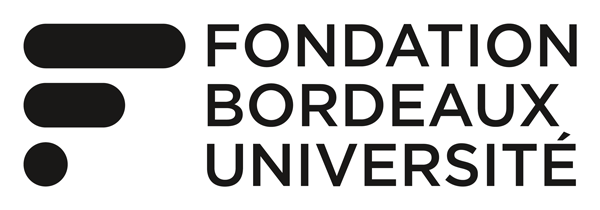Abstract
BACKGROUND:
Little is known regarding variations in preoperative treatment and practice for rectal cancer (RC) on an international level, yet practice variation may result in differences in recurrence and survival rates.
METHODS:
One hundred seventy-three international colorectal centers were invited to participate in a survey of preoperative management of rectal cancer.
RESULTS:
One hundred twenty-three (71%) responded, with a majority of respondents from North America, Europe, and Asia. Ninety-three percent have more than 5 years’ experience with rectal cancer surgery. Fifty-five percent use CT scan, 35% MRI, 29% ERUS, 12% digital rectal examination and 1% PET scan in all RC cases. Seventy-four percent consider threatened circumferential margin (CRM) an indication for neoadjuvant treatment. Ninety-two percent prefer 5-FU-based long-course neoadjuvant chemoradiation therapy (CRT). A significant difference in practice exists between the US and non-US surgeons: poor histological differentiation as an indication for CRT (25% vs. 7.0%, p = 0.008), CRT for stage II and III rectal cancer (92% vs. 43%, p = 0.0001), MRI for all RC patients (20% vs. 42%, p = 0.03), and ERUS for all RC patients (43% vs. 21%, p = 0.01). Multidisciplinary team meetings significantly influence decisions for MRI (RR = 3.62), neoadjuvant treatment (threatened CRM, RR = 5.67, stage II + III RR = 2.98), quality of pathology report (RR = 4.85), and sphincter-saving surgery (RR = 3.81).
CONCLUSIONS:
There was little consensus on staging, neoadjuvant treatment, and preoperative management of rectal cancer. Regular multidisciplinary team meetings influence decisions about neoadjuvant treatment and staging methods.
Comment in
- Optimizing preoperative management of rectal cancer. [World J Surg. 2011]
